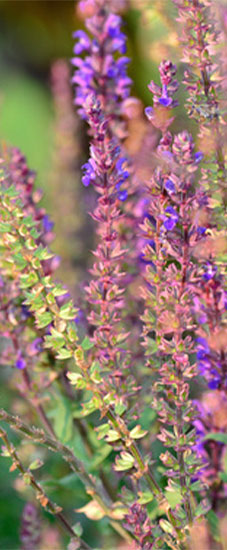Best grown in moist wild areas or for naturalizing.
Sambucus canadensis
American Elder
Tips for Homeowners:
Prune dead or unhealthy looking stems in the spring and to control size. Colonizes by suckering so best to plant where it has plenty of room to grow.
Rate this Plant:

The highly nutritious berries with vitamins A, B and C are delicious and used for eating and for treating ailments, but the birds love them too.
- Produces edible dark purple to black fruit late in the season
- Large, flat-topped, fragrant flower clusters
- White flowers in spring
Height: 5-12 ft
Spread: 5-12 ft
Zone: 3-9
Color: White
Interesting Notes about American Elder:
Good shrub for naturalizing because of its tendency to colonize, especially in moist soils, in fact, it is commonly found along roadsides and near streams. The berries are excellent in making jams and jellies, pies and for making wine. The fruit is also enjoyed by wildlife, but they are pretty tart to be eaten fresh for humans.

Characteristics & Attributes
Attributes:
- Naturalizing
- Attractive fruit
- Edible
- Water's Edge / Bog Plant
- Summer Bloomer
- Native
- Cut Flower/ Foliage
Foliage Color:
- Green
Exposure:
- Full Sun
- Partial Sun
Attracts Wildlife:
- Attracts Songbirds
Habit:
- Upright
Season of Interest (Flowering):
- Summer
Soil Moisture:
- Wet Soil/Wetlands
- Moist, Well-Drained


